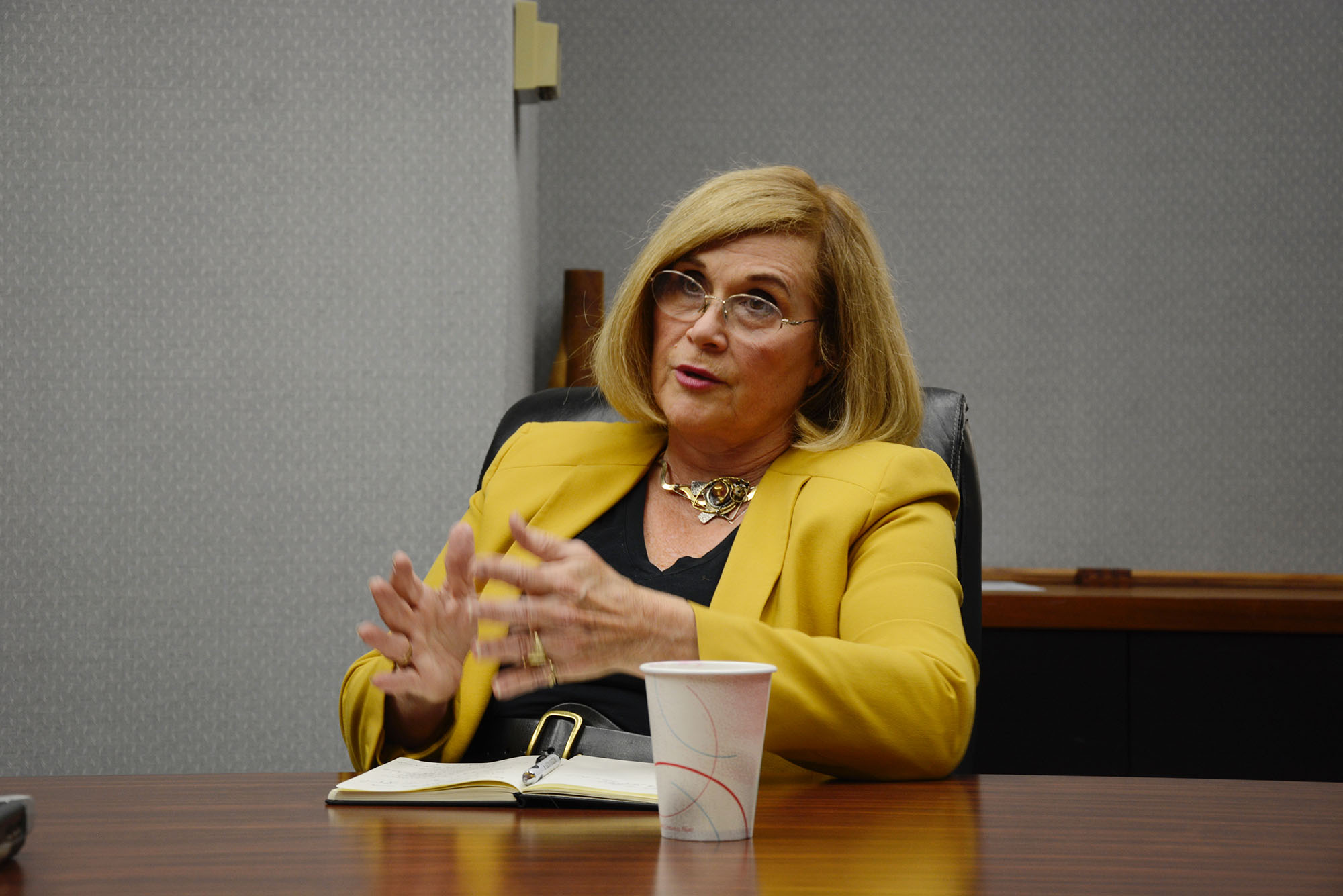For every dollar Clark County residents pay in tax revenue to the state government they get back roughly $1.23 in spending from the state’s general fund.
That’s one of the conclusions of a recent study from the state’s Office of Financial Management that compares the amount of revenue the state collects from each of Washington’s 39 counties to the amount of expenditures the state spends in each county. The study ranked counties on how much state spending they receive over how much they contribute in taxes. The study shows that some counties contribute more to state coffers while others receive more in spending than they contribute in taxes. The study found that Clark County was somewhere in the middle.
The study only counted expenditures from the state’s general fund, which funds social services, education, corrections and other services. It left out other sources of spending such as its capital or transportation budget.
The study looked at spending and revenue in two different ways. The first looked at where the benefits of state spending are received. The second looked at where the spending occurred.
The study uses the example of a student from Clark County attending Washington State University in Pullman. The first method would count that spending in Clark County. The second would count it in Whitman County, home to WSU.
Under the first method, Clark County came out 16th out of 39 counties in the state in terms of expenditures it receives compared to the taxes it pays in. Under the second method, Clark County ranks 23rd. Using a third method that combines the other two also has the county ranking 23rd.
Under that third method, taking an average of the two methods, Clark County received $975.8 million in fiscal year 2015 in expenditures from the state’s general fund, which accounted for 5.6 percent of its spending and placed the county sixth in the state for how much it received. On the revenue side, Clark County paid $789.1 million in taxes, which accounted for 4.5 percent of revenue and was fifth highest of all counties. According to the 2010 U.S. Census, Clark County had a population of 442,800, making it the fifth most populous county in the state.
While Clark County ranked 23rd using the average of the two methods, Thurston County, home to the state capital, came out first. Columbia County, in southeastern Washington, came in 39th. Robert Baker, OFM senior forecast analyst, explained that the small county had a jump in revenue to the state because of a large construction project. San Juan County came in 38th under both method one and two.
For fiscal year 2015, Clark County, which shares a border with sales-tax free Oregon, contributed $366.5 million in sales taxes to Washington state. Similarly sized Spokane County contributed $540.2 in sales taxes.
Favorable ratio
Using the first method, which looked at where the benefits of state spending occur, Clark County fared much better, ranking 16th in terms of spending it gets back from the state over how much it pays in taxes. Stevens County, in rural northeastern Washington, also fares much better, moving into the top spot with the most favorable ratio of any county, getting $1.92 back from the state in expenditures for every dollar it pays in. King County, the largest and most prosperous, had the least favorable, receiving 64 cents in expenditures for every dollar it paid in taxes.
The study also includes a map showing that, using the first methodology, just four counties (Whatcom, Skagit, King and Columbia) where expenditures are less than revenue.
“I am always struck by how complex it is to figure out the degree to which counties are donors or recipients,” state Rep. Sharon Wylie, a Vancouver Democrat who sits on the House Finance Committee, wrote in a text. “And how it is never going to seem ‘fair’ to some.”
She wrote that because the state manages growth, rural areas generate less in sales and have a smaller property tax base. She added that the state has tried to equalize revenue for cities, counties and schools to ensure all get basic services.
“When I worked closely with county governments, people from the biggest donor county, which has always been King County, were not generally concerned about paying more than they received compared to small rural counties,” she wrote. “When they discussed it, they did resent their colleagues from rural Washington complaining or denying tax flexibility to larger, more complex counties where people wanted to buy more services.”
The second method, which looked at where the expenditures actually occur, wasn’t as favorable for Clark County. The county essentially broke even. Clark County received $785.9 million in expenditures and paid $789.1 million in revenues. The county ends up again ranking 23rd in the state for the ratio of how much it received in expenditures for how much it paid in taxes. Under this method, Thurston County came out on top and Columbia County again on bottom.
“There’s not much change from year to year,” said Baker, speaking of most counties. But the study includes a chart, using the first methodology, showing that between 2008 and 2015 Clark county expenditures-to-revenue ratio ranking rose from 16 to 23.




